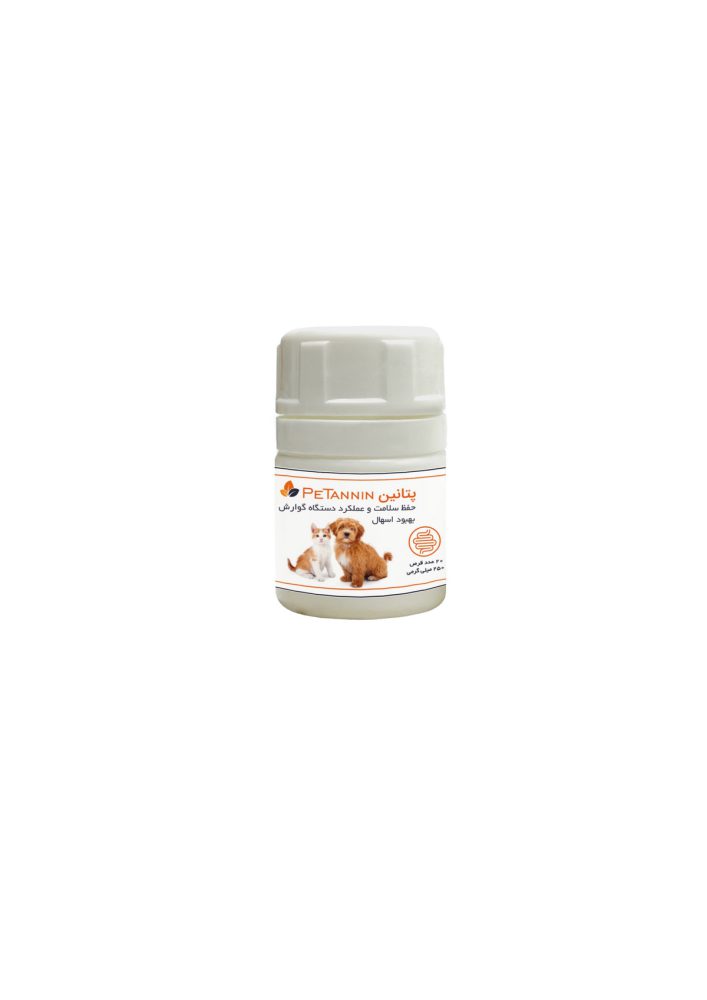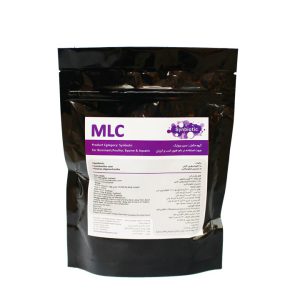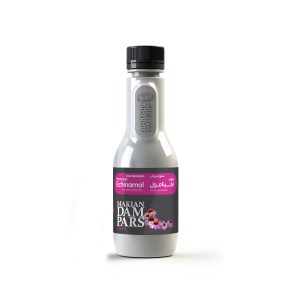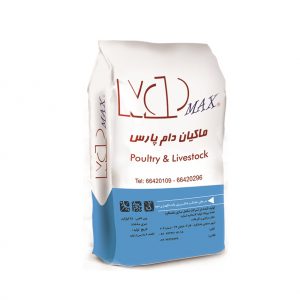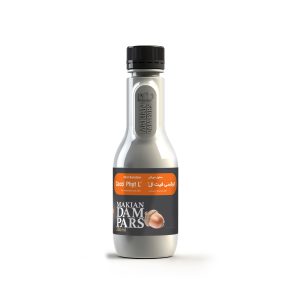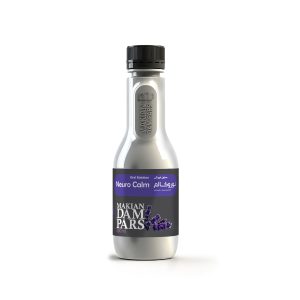PeTannin
Diarrhea management
Improve Digestive Health & Function
100% Herbal
For Pets
Oral Tablets, 250 mg
Ingredients:
- Oak galls dry extract
Diarrhea in dogs and cats is one of the most common gastrointestinal disorders and a frequent reason for veterinary visits. It can result from various causes, including improper nutrition, infections (viral, bacterial, or parasitic), stress, medications such as antibiotics, food allergies, or underlying conditions like inflammatory bowel disease. If left untreated, diarrhea can lead to dehydration, weight loss, and nutritional deficiencies.
The use of antimicrobial agents, such as antibiotics and antiparasitics, can disrupt the balance of intestinal microbiota (dysbiosis) and trigger diarrhea, while also promoting the spread of drug-resistant microbial strains that may be transmitted to humans. Other chemical drugs may cause side effects such as peripheral neuropathy, anorexia, nausea, vomiting, seizures, toxicity, constipation, bloating, neurological disorders, and more.
PeTannin® Indications:
- Prevention and treatment of diarrhea
- Prevention and management of gastrointestinal infections
- Support for healthy gut microbiota and gastrointestinal function
- Improvement of stool consistency and reduction of unpleasant odor
Mode of action:
The Oak Gall extract used in PeTannin® contains active tannins, which exhibit astringent, antioxidant, antimicrobial, and mucosal-protective properties, while also promoting a healthy gut microbiota. These synergistic effects contribute effectively to the prevention and treatment of diarrhea, protection against gastrointestinal infections, and overall gastrointestinal health.
PeTannin® & Diarrhea Management
The tannins in PeTannin® bind to proteins and other macromolecules, causing their precipitation and densification of the intestinal mucosal colloid structure. This forms a protective layer over the intestinal lining, shielding it from pathogens, toxins, and other stressors, while reducing excessive water secretion into the intestinal lumen, thereby controlling and treating diarrhea.
Tannins also inhibit CFTR (cystic fibrosis transmembrane conductance regulator) channels in intestinal epithelial cells, reducing chloride ion secretion into the gut and further aiding diarrhea management. Additionally, tannins modulate intestinal peristalsis and smooth muscle activity via the central nervous system, prolonging water and electrolyte reabsorption, improving stool consistency, and reducing diarrhea.
PeTannin® & Gastrointestinal Protection
Tannins increase villus height and thickness while decreasing crypt depth in the small intestine, helping maintain mucosal integrity. They also upregulate genes and enhance the localization of proteins involved in tight junctions (TJs) in epithelial cells, preserving the intestinal barrier against pathogens and preventing gastrointestinal infections and diarrhea. Strong antioxidant properties of tannins protect the mucosa from oxidative stress-induced damage. Tannic acid also inhibits H⁺/K⁺ ATPase, reducing acid secretion and contributing to the prevention of gastrointestinal ulcers.
PeTannin® & Gut Microbiota
Tannins chelate iron ions, inhibiting pathogenic bacterial growth in the intestine without affecting beneficial bacteria such as lactic acid bacteria. Metabolites from tannin degradation, such as gallic acid, act as prebiotics, being utilized by gut bacteria to produce short-chain fatty acids (SCFAs), thereby enhancing the beneficial gut flora. A balanced gut microbiota supports overall gastrointestinal health and helps reduce the incidence of diarrhea.
PeTannin® & Antimicrobial Properties
Tannins exhibit multiple antimicrobial mechanisms against a broad range of pathogens, including bacteria, viruses, and parasites, helping to reduce the incidence and severity of diarrhea and gastrointestinal infections.
In PeTannin®, tannins inhibit the growth and proliferation of pathogenic bacteria in the gut by chelating iron ions, making them unavailable to microbes. They also interfere with bacterial cell wall synthesis by directly binding to peptidoglycans, disrupting the cell wall structure, or inhibiting enzymes involved in its formation, thereby increasing bacterial susceptibility to osmotic lysis. Furthermore, tannins disrupt bacterial membrane potential and increase membrane permeability, impairing function and leading to cell death.
Beyond direct antimicrobial activity, tannins also target bacterial virulence factors that determine disease severity. These mechanisms include:
- Inhibition of biofilm formation: by degrading peptidoglycan layers, reducing biofilm thickness, decreasing polysaccharide production for cell adhesion, and limiting bacterial attachment to surfaces.
- Quorum sensing (QS) inhibition: acting as QS antagonists, reducing protease production and biofilm formation, and disrupting bacterial regulatory systems.
- Enzyme inhibition: including bacterial proteases, phospholipases, ureases, etc., which otherwise damage host tissues.
- Prevention of bacterial adhesion: increasing surface hydrophobicity, limiting bacterial attachment to host cells, and impairing adhesion to macrophages.
- Toxin neutralization: reducing production and neutralizing bacterial toxins through direct binding.
- Inhibition of bacterial motility: decreasing the expression of genes involved in flagella and pili formation.
Tannins also inhibit bacterial resistance mechanisms, such as efflux pumps, thereby helping to prevent the development of drug resistance
Dosage and Administration:
Up to 8 kg body weight: 1 tablet per day
8–16 kg body weight: up to 2 tablets per day
Over 16 kg body weight: up to 4 tablets per day
*Avoid mixing the medication with other substances without consulting a veterinarian.
Drug Interactions/Precautions:
No known drug interactions.
Do not use in animals with constipation or anemia.
Side Effects:
Completely natural formulation.
No side effects or risk of resistance development.
Withdrawal Period:
None
Storage Conditions:
Store at room temperature (25°C), away from moisture and direct sunlight.
Close the container tightly after each use.
Keep out of reach of pets and children.
Packaging:
Container with 20 tablets, 250 mg each
Shelf Life:
2 years from production date.


